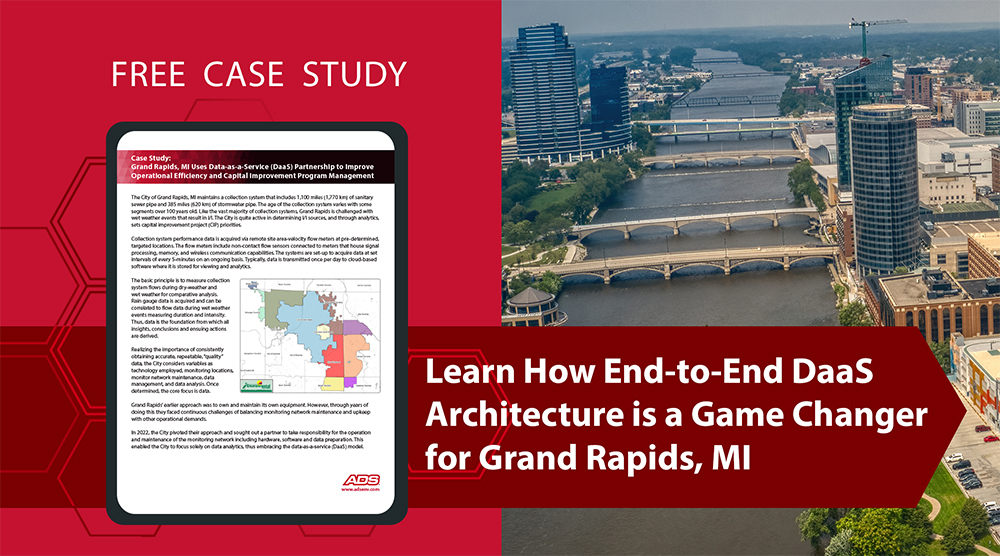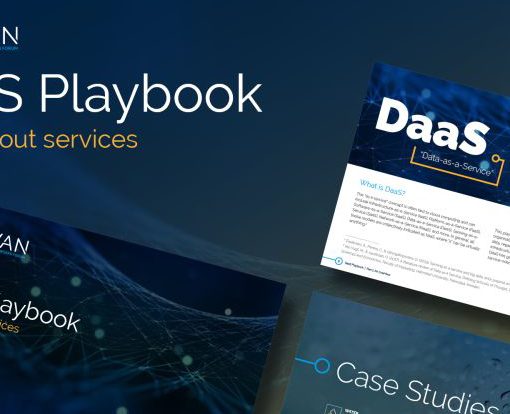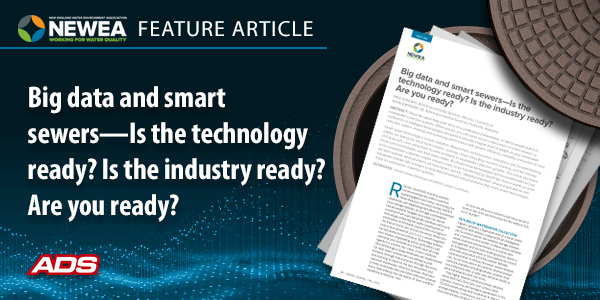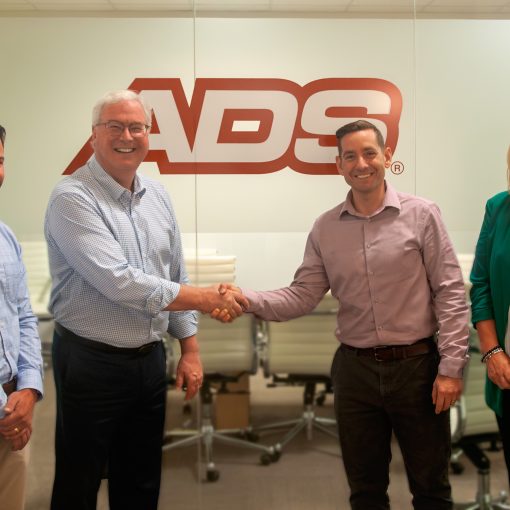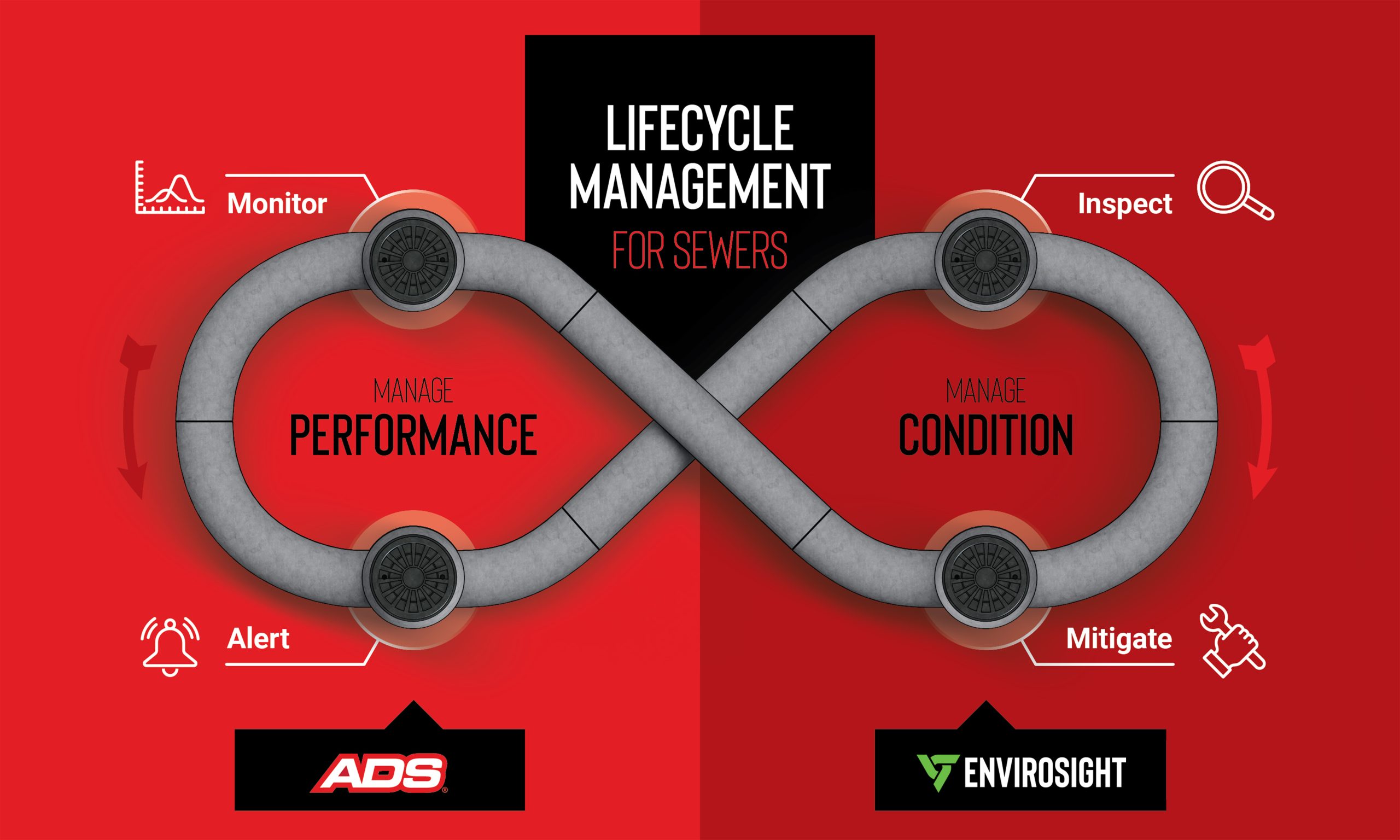The City of Grand Rapids, MI maintains a collection system that includes 1,100 miles (1,770 km) of sanitary sewer pipe and 385 miles (620 km) of stormwater pipe. The age of the collection system varies with some segments over 100 years old. Like the vast majority of collection systems, Grand Rapids is challenged with wet weather events that result in I/I. The City is quite active in determining I/I sources, and through analytics, sets capital improvement project (CIP) priorities.
Collection system performance data is acquired via remote site area-velocity flow meters at pre-determined, targeted locations. The flow meters include non-contact flow sensors connected to meters that house signal processing, memory, and wireless communication capabilities. The systems are set-up to acquire data at set intervals of every 5-minutes on an ongoing basis. Typically, data is transmitted once per day to cloud-based software where it is stored for viewing and analytics.
Realizing the importance of consistently obtaining accurate, repeatable, “quality” data, the City considers variables as technology employed, monitoring locations, monitor network maintenance, data management, and data analysis. Once determined, the core focus is data.
Grand Rapids’ earlier approach was to own and maintain its own equipment. However, through years of doing this they faced continuous challenges of balancing monitoring network maintenance and upkeep with other operational demands.
In 2022, the City pivoted their approach and sought out a partner to take responsibility for the operation and maintenance of the monitoring network including hardware, software and data preparation. This enabled the City to focus solely on data analytics, thus embracing the data-as-a-service (DaaS) model.
The basic principle is to measure collection system flows during dry-weather and wet weather for comparative analysis. Rain gauge data is acquired and can be correlated to flow data during wet weather events measuring duration and intensity. Thus, data is the foundation from which all insights, conclusions and ensuing actions are derived.
Realizing the importance of consistently obtaining accurate, repeatable, “quality” data, the City considers variables as technology employed, monitoring locations, monitor network maintenance, data management, and data analysis. Once determined, the core focus is data.
Grand Rapids’ earlier approach was to own and maintain its own equipment. However, through years of doing this they faced continuous challenges of balancing monitoring network maintenance and upkeep with other operational demands.
In 2022, the City pivoted their approach and sought out a partner to take responsibility for the operation and maintenance of the monitoring network including hardware, software and data preparation. This enabled the City to focus solely on data analytics, thus embracing the data-as-a-service (DaaS) model.
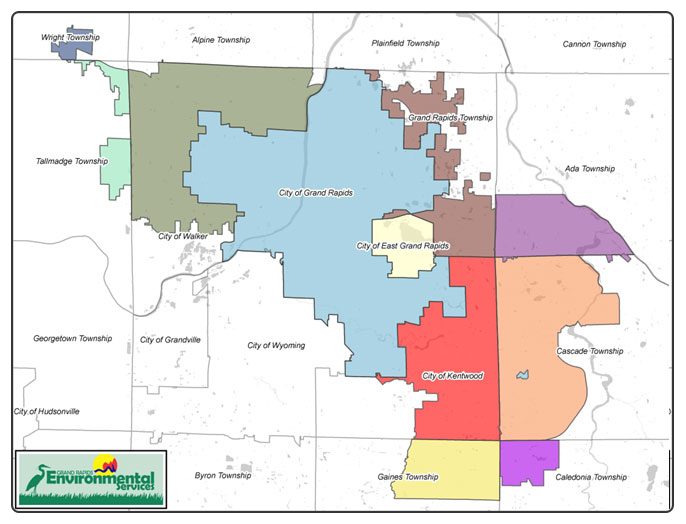
End-to-End DaaS Architecture is a Game Changer
Grand Rapids, through their services provider, ADS Environmental Services®, now have 36 flow meters and 10 rain gauges deployed in both their sanitary sewer and stormwater collection systems. In the stormwater system, the City looks at peak flows in wet weather and flows (possibly illicit) during dry weather.
The City leverages sanitary sewer system data for advanced I/I analysis. For example, base infiltration is calculated to determine the ingress water that occupies a pipe from sources such as ground water. Another important consideration are seasonality influences to determine cyclical annual patterns to enable a more accurate analysis of dry day flow patterns. These advanced analytics empower the City to make informed decisions on where, the type, and the priority of capital investments.
The shift from self-maintained monitoring networks to DaaS with an experienced partner provider, yields multiple benefits, including:
The service provider’s in-depth monitoring experience provides assistance with determining monitoring locations and installation methods, assuring that the most relevant data is acquired.
Equipment operation and up-time are optimized, assuring continuous quality data acquisition.
City Operations can re-focus on projects and tasks utilizing their core capabilities.
Engineering gains heightened focus on the data and advanced analytics developing insights and solutions to apply system improvements and upgrades.
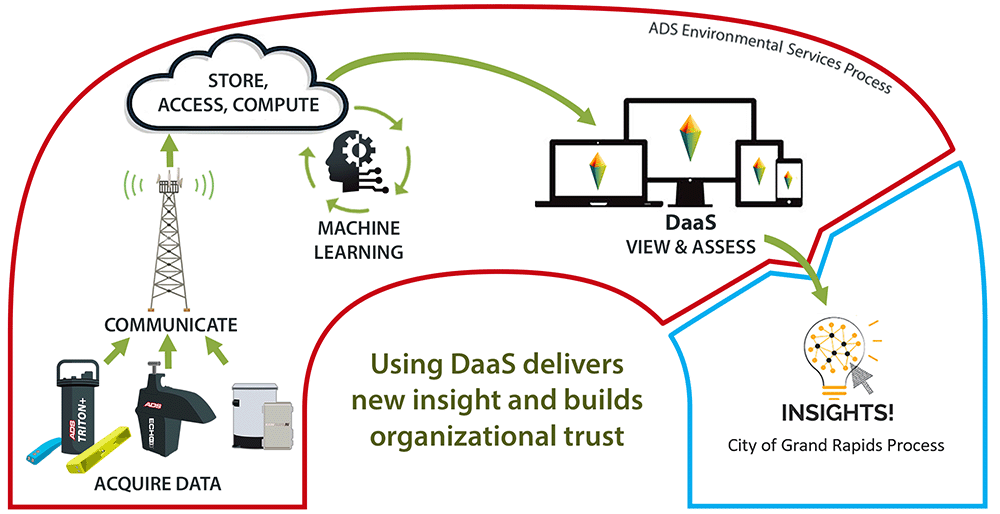
Summary
A collection system’s flow behavior and performance is best understood with acquisition of continuous, high-quality data. The City of Grand Rapids, Michigan, through a partnership with ADS, the leading comprehensive flow services provider, has been able to set-up and maintain an end-to-end metering network that embraces the DaaS model to enable an efficient focus on analytics and insights at a low, predictable ongoing cost point.

